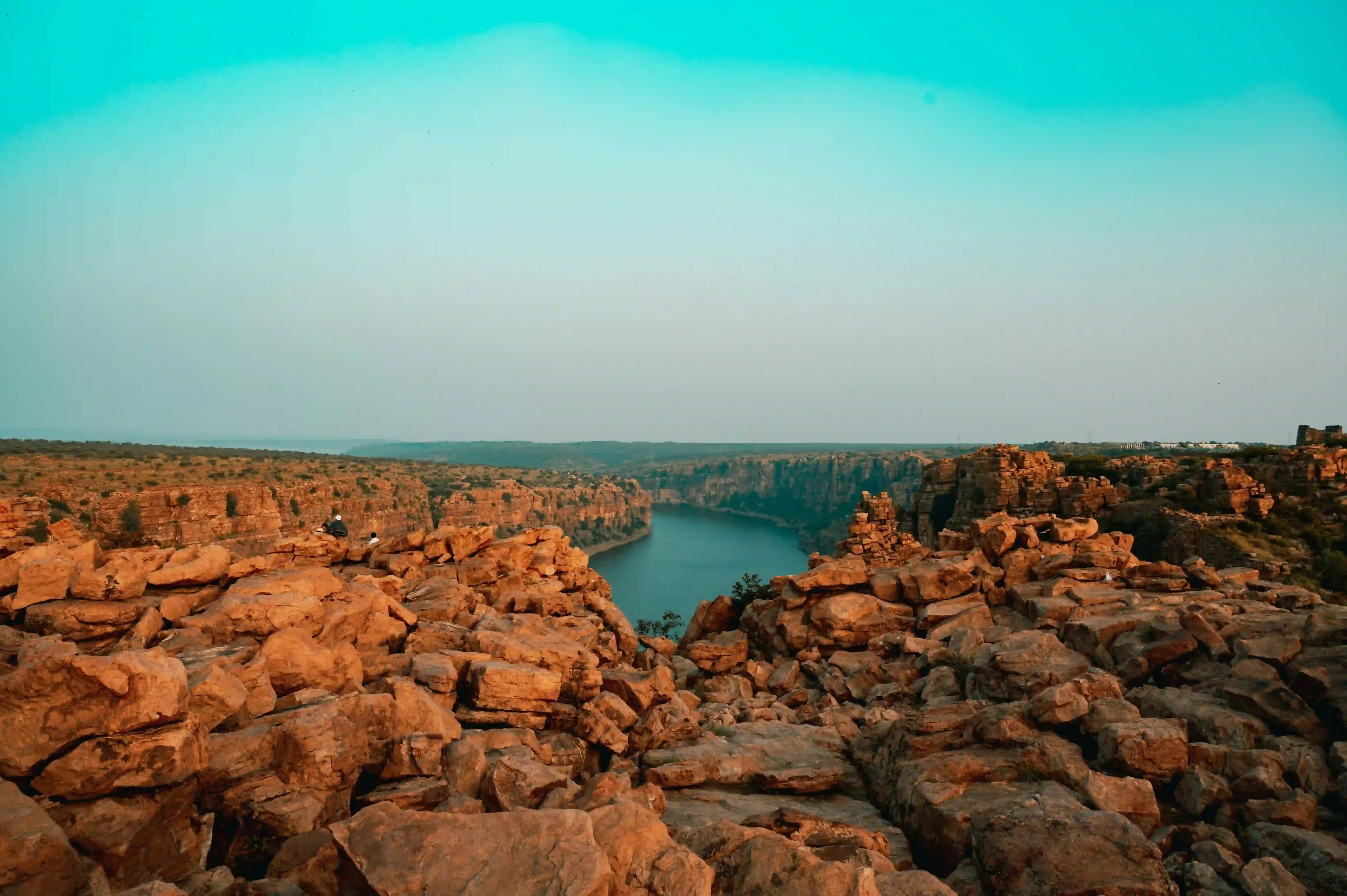The Sethani Ka Johara emerges as a profound testament to community resilience in the semi-arid landscape of Churu, Rajasthan. Constructed in 1899 during a critical period of famine, this remarkable stepwell represents more than a mere water reservoir—it embodies the socio-cultural ingenuity of the Shekhawati region's inhabitants.
Nestled within the culturally rich Shekhawati region, this architectural marvel was commissioned by the widow of Bhagwan Das Bagla, reflecting the remarkable agency of women during challenging historical periods. The stepwell's design transcends its utilitarian purpose, serving as a social space and a critical infrastructure that enabled community survival during extreme environmental challenges.
The architectural intricacies of Sethani Ka Johara mirror the broader cultural landscape of Rajasthan's Shekhawati region. Known for its elaborate havelis and magnificent structures crafted by Marwari merchants, the area represents a unique confluence of architectural brilliance and practical necessity. The stepwell's construction techniques demonstrate traditional engineering skills adapted to address complex environmental constraints.
Historically, the Shekhawati region was governed by Shekhawat Rajputs, with a rich cultural tapestry woven through centuries of merchant prosperity and architectural innovation. The region's landscape became a canvas for artistic expression, with elaborate murals, intricate paintings, and monumental structures that narrated stories of wealth, resilience, and community spirit.
Beyond its immediate functional role, Sethani Ka Johara symbolizes a collective response to environmental adversity. By retaining rainwater across monsoon cycles, the reservoir provided critical sustenance during periods of extreme scarcity. This approach highlights the community's adaptive strategies and deep understanding of local ecological dynamics.
The stepwell's significance extends beyond its physical structure, representing a microcosm of Rajasthan's broader cultural narrative. It encapsulates the region's ability to transform challenges into opportunities, demonstrating how architectural interventions could address complex socio-environmental issues. The monument stands as a silent narrator of community wisdom and collective resilience.
While specific legends might not be extensively documented, Sethani Ka Johara remains an integral part of the Shekhawati region's cultural heritage. Its preservation represents a commitment to understanding and celebrating the innovative spirit of previous generations. Today, it serves as a serene historical monument, inviting contemporary observers to reflect on community-driven solutions and architectural ingenuity.
The modern perception of Sethani Ka Johara transcends its original purpose, emerging as a cultural landmark that bridges historical experiences with contemporary understanding. It invites visitors and researchers to explore the nuanced interactions between environment, community, and architectural innovation in one of Rajasthan's most culturally significant regions.









